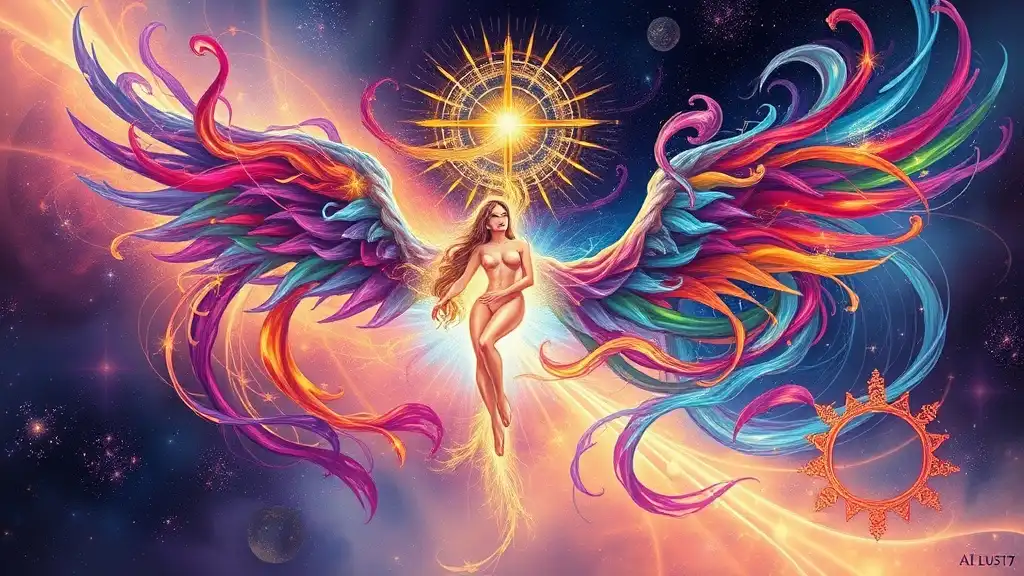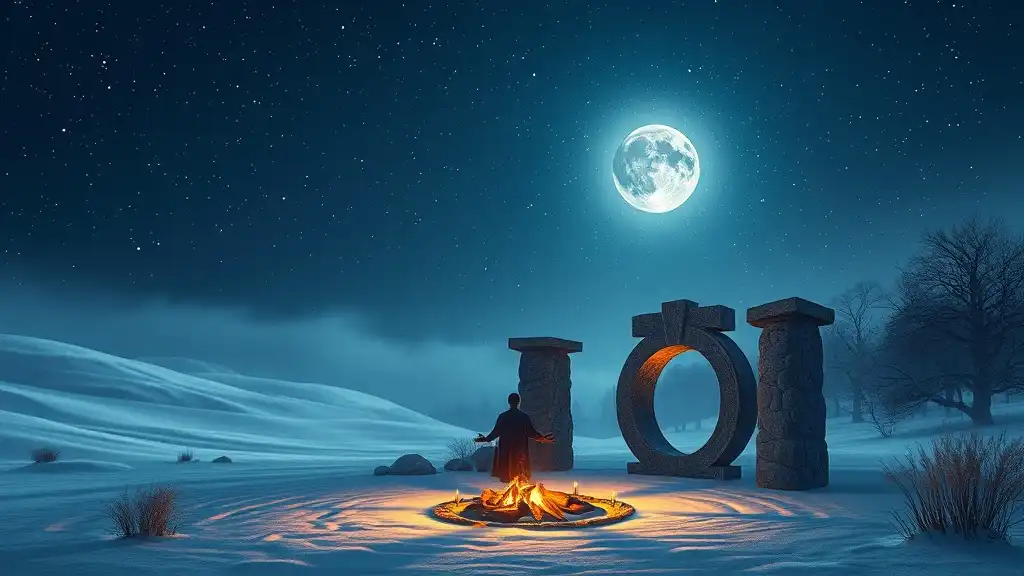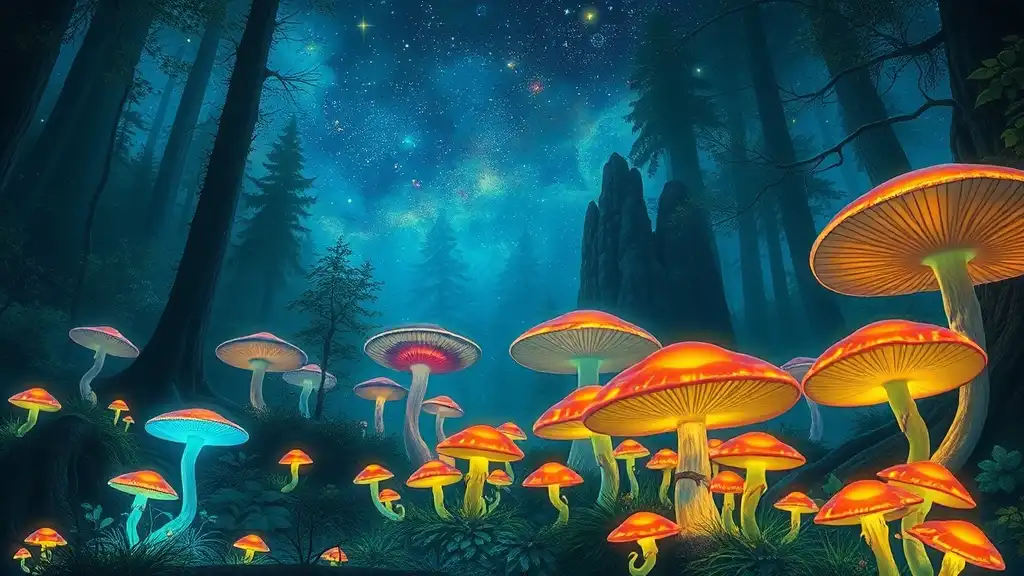Lust is often seen as a powerful and primal force within human nature, a burning desire that can lead to both enlightenment and turmoil. In a spiritual context, understanding lust opens the door to self-discovery and growth. By exploring the multifaceted interpretations and significance of lust, we can uncover deeper truths about our desires and their roles in our lives.
Understanding Lust in Different Cultures
Lust in Ancient Texts
Lust has been a subject of fascination throughout history, often portrayed in ancient writings and religious scriptures. In many texts, lust is linked to temptation and desire, presenting it as a force that can lead one astray if not balanced with wisdom. For instance, in the Bible, the story of David and Bathsheba illustrates how lust can lead to significant consequences. Similarly, mythological narratives often depict lust as a double-edged sword, bringing both pleasure and chaos.
Lust Across Different Religions
Different religions have varied perspectives on lust, shaping cultural attitudes towards desire.
-
Christianity: Often frames lust as a sin, particularly when linked to adultery or immoral acts. However, some theologians argue that the acknowledgment of sexual desires can lead to spiritual growth.
-
Buddhism: Considers lust as one of the attachments that bind us to suffering. The path to enlightenment involves transcending these desires through mindfulness and meditation.
-
Hinduism: Views lust through the lens of desire (Kama) as one of the four essential goals of life (Purusharthas), suggesting that while lust is natural, it should be pursued within the framework of dharma (righteous duty).
-
Islam: Emphasizes the importance of managing lust and desires within a moral framework, advocating for moderation and self-control.

The Dual Nature of Lust
Lust as a Natural Human Instinct
Lust is an intrinsic aspect of being human. Biologically, it drives us toward reproduction and connection, fostering bonds that ensure the survival of the species. Psychologically, it can compel individuals to seek pleasure, adventure, and excitement. While these instincts are natural, they can also be confusing, creating a backdrop for inner conflict as we navigate societal expectations and personal values.
Lust as a Source of Conflict
The struggle with lust emerges from the tension between instinct and moral conditioning. Many people experience inner turmoil, feeling guilty or ashamed of their desires. Societal judgments often amplify this shame, leading individuals to repress their feelings. Understanding this conflict is vital; recognizing that lust can coexist with healthy boundaries allows us to accept our desires without succumbing to guilt.

Spiritual Perspectives on Lust
Lust as a Teacher
Embracing lust as a teacher can transform our views on desire. Rather than shunning it, we can learn valuable lessons from our experiences with lust. The quest for understanding can lead to greater self-awareness and insight, helping us discern the motivations behind our desires and guiding us on a path of spiritual evolution.
Transcending Lust
To transcend lust is to engage with our desires with openness and intent. Spiritual growth often involves accepting our cravings rather than rejecting them outright. Techniques such as meditation and self-reflection can foster transformation, shifting our focus from mere physical pleasure to a deeper understanding of love and connection.

The Integral Role of Lust in Relationships
Lust versus Love
Lust can often be mistaken for love, but they are fundamentally different. Lust is an immediate, physical attraction, whereas love is deeper, encompassing emotional intimacy and commitment. Acknowledging this distinction is vital for fostering lasting relationships. Striking a balance between passion and emotional depth can enhance partnerships, allowing both partners to thrive.
Navigating Lust in Romantic Relationships
In romantic contexts, effective communication about desires and boundaries is essential. Partners can explore their physical attraction while building trust and intimacy. Recognizing lust as a shared experience rather than something to fear can strengthen relationships, reminding both individuals that navigating desire is part of a healthy bond.

Techniques for Understanding and Managing Lust
Mindfulness and Awareness
Mindfulness practices can significantly enhance one’s understanding of lust. By embracing our desires with awareness, we can observe them without judgment. Journaling thoughts and emotions allows for deeper reflection, unveiling the underlying motivations that fuel our cravings.
Holistic Approaches
Incorporating holistic approaches such as yoga and meditation can help in managing lust. These practices not only provide space for physical expression but also cultivate inner peace and emotional clarity. Through regular meditation, individuals learn to respond to desires with mindfulness, fostering a harmonious relationship with their own yearning.

The Positive Side of Lust
Creativity and Passion
Lust can serve as a powerful source of creativity and passion. Many artists, writers, and musicians have drawn inspiration from their desires, channeling the energy of lust into their work. Embracing this aspect can lead to incredible personal growth and artistic expression, demonstrating that desire, when channeled positively, can bring forth profound beauty and insight.
Lust as a Catalyst for Connection
Rather than simply viewing lust as a physical urge, it can also be a catalyst for deeper connection. Shared desires can open pathways for intimacy within relationships, prompting partners to explore boundaries together. This exploration can deepen emotional bonds, allowing individuals to navigate their desires in a supportive and empowering environment.

Conclusion
Engaging with the spiritual meaning of lust is a journey into the heart of our desires. By understanding lust’s role in our lives, we can transform potentially destructive feelings into opportunities for growth and connection. As we embrace and explore our desires, we open the door to deeper understanding, acceptance, and ultimately, personal enlightenment.



















